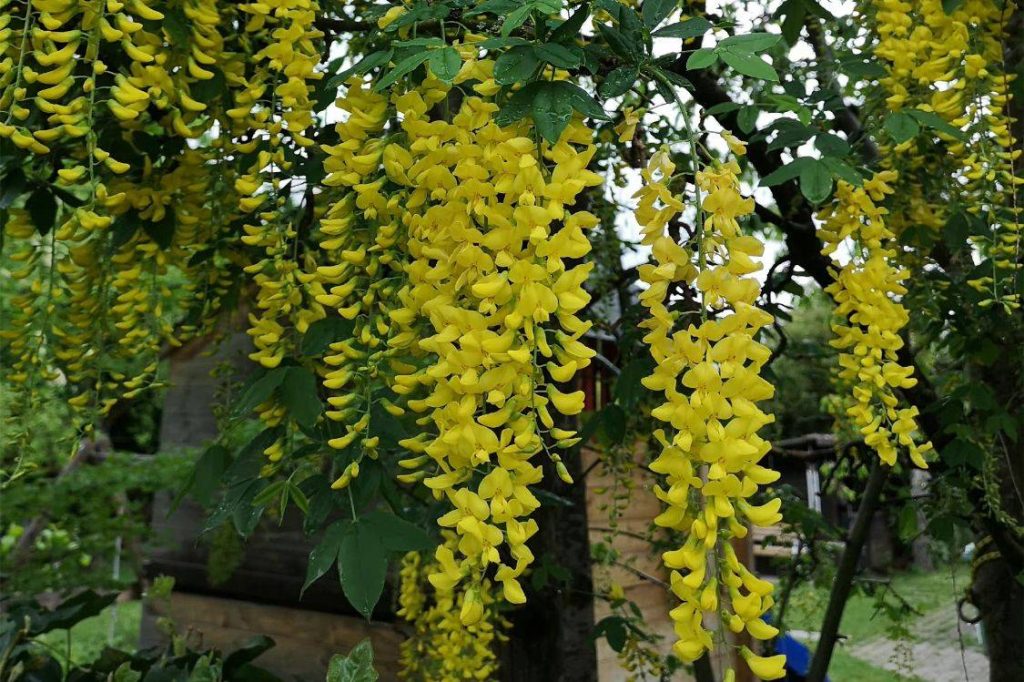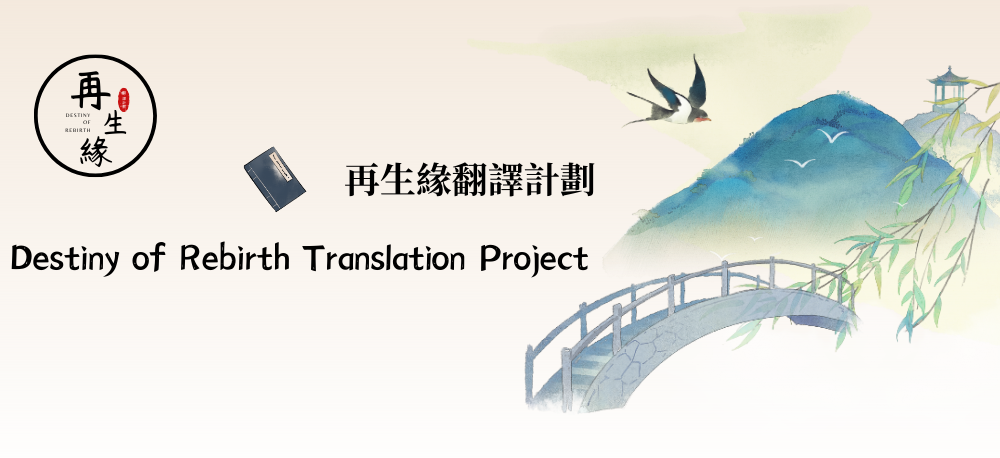The original text is huai shu 槐樹. Styphnolobium japonicum, the Japanese pagoda tree (also known as the Chinese scholar tree and pagoda tree; syn. Sophora japonica) is a species of deciduous tree in the subfamily Faboideae of the pea family Fabaceae. In Chinese culture, because the character huai 槐 looks similar to the character 魁, which means the first place of examination, huai shu is considered auspicious and closely connected to imperial civil examinations as well as winning government official positions. The year of the civil examination is called huai qiu 槐秋 (Chinese scholar tree’s autumn), going to take the examination is called ta huai 踏槐 (stepping on fallen leaves of the Chinese scholar tree), the month of the examination is called huai huang 槐黃 (the yellow flower of the Chinese scholar tree).

Image of Chinese scholar tree.

Image of the yellow flower of Chinese scholar tree.
